Traditional Single Pitch Climbing Courses
What is Trad Climbing?
Traditional climbing, or trad climbing, is the act of climbing outdoors, on natural rock faces, without fixed protection. Working as a team, you fix your own anchors as you go, and the last person in the team removes the anchors. In this way, you ascend the cliff without leaving anything behind – you leave nature as you found it.
In trad climbing you are completely self-sufficient, constantly making decisions which will keep you and your party safe. Unlike indoor or sport climbing which mostly focus on climbing technique, trad climbing is more complex and requires a far broader set of problem-solving skills. As well as how to do the next move, you must be constantly considering where to place the next anchor, how to keep your team safe, where you want your rope to run so that it doesn’t fray on sharp rock edges. Rope work is a big part of trad climbing and often you climb with two ropes at a time.
The self-sufficiency of trad climbing, and placing your own anchors, gives access to a whole new world of climbing. You’re no longer restricted to a handful of indoor climbing walls or sport climbing venues. With trad climbing, you are free to climb any cliff face you have access to. Grit stone outcrops, sea cliffs, the mountains… These are all the realm of trad climbing.
Trad climbing is what many of us Brit’s believe to be the purest form of climbing. Indoor climbing, sport climbing, bouldering… they’re seen by many as just training for trad climbing. Trad climbing then is the Real Deal, the Main Event.
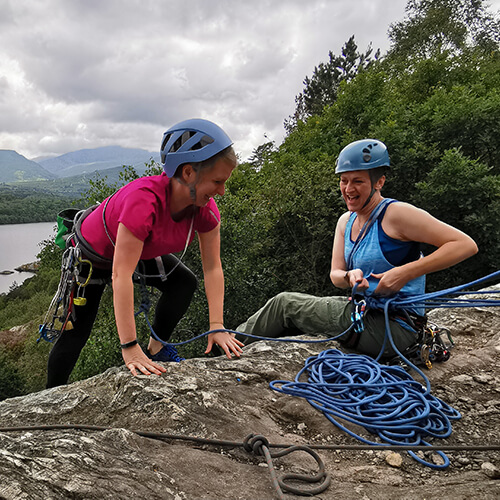






 [ Learn More... ]
[ Learn More... ]
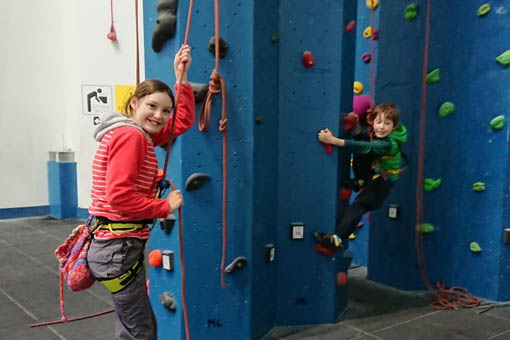 [ Learn More... ]
[ Learn More... ]
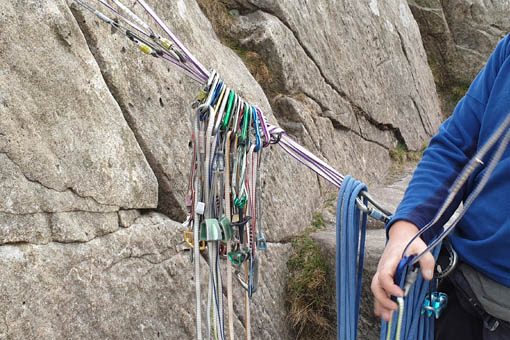 [ Learn More... ]
[ Learn More... ]
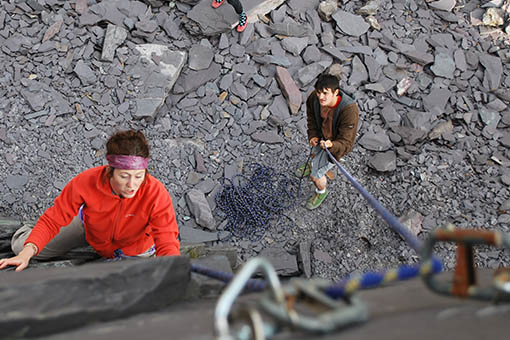 [ Learn More... ]
[ Learn More... ]
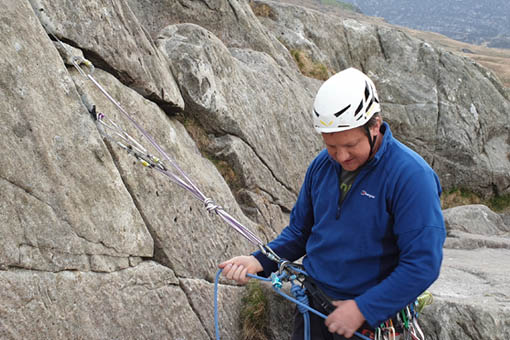 [ Learn More... ]
[ Learn More... ]
 [ Learn More... ]
[ Learn More... ]
 [ Learn More... ]
[ Learn More... ]
 [ Learn More... ]
[ Learn More... ]
 [ Learn More... ]
[ Learn More... ]
 [ Learn More... ]
[ Learn More... ]
 [ Learn More... ]
[ Learn More... ]
 [ Learn More... ]
[ Learn More... ]
 [ Learn More... ]
[ Learn More... ]
 [ Learn More... ]
[ Learn More... ]
 [ Learn More... ]
[ Learn More... ]
 [ Learn More... ]
[ Learn More... ]
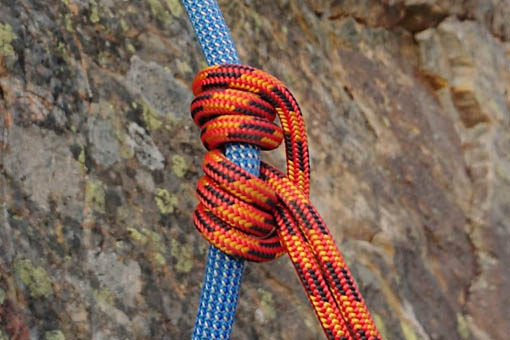 [ Learn More... ]
[ Learn More... ]
 [ Learn More... ]
[ Learn More... ]
 [ Learn More... ]
[ Learn More... ]
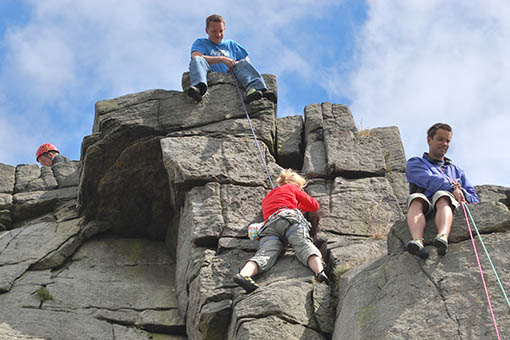 [ Learn More... ]
[ Learn More... ]
